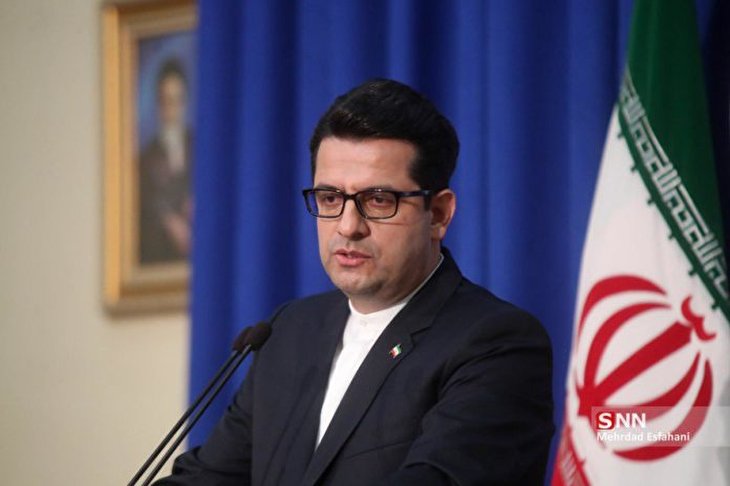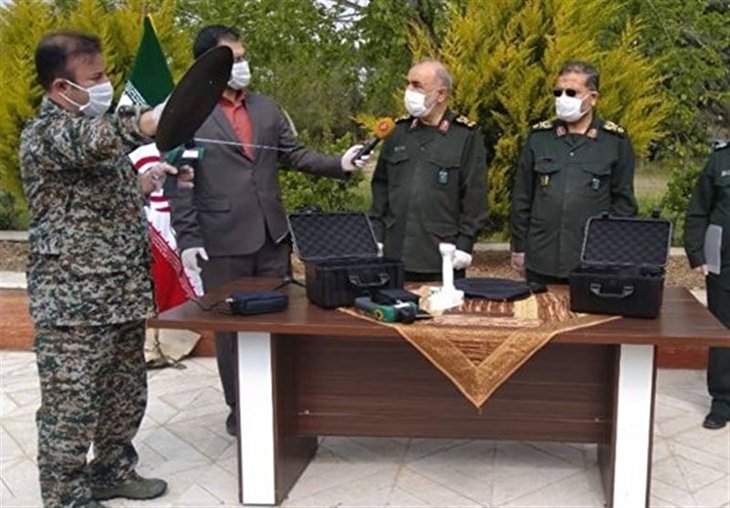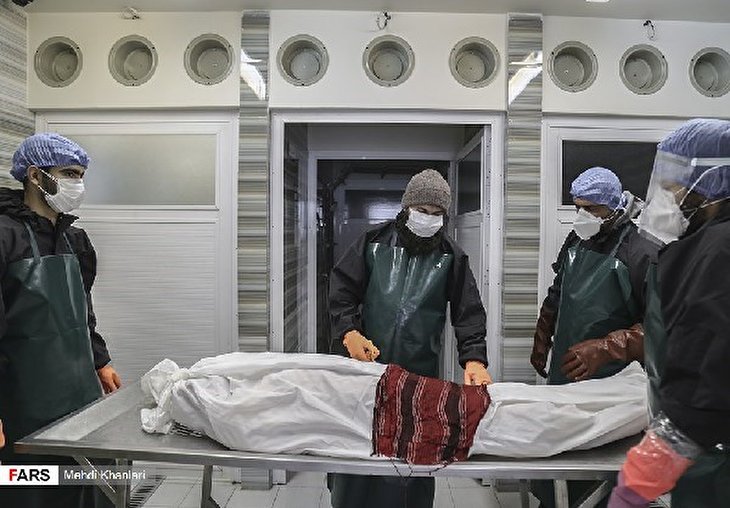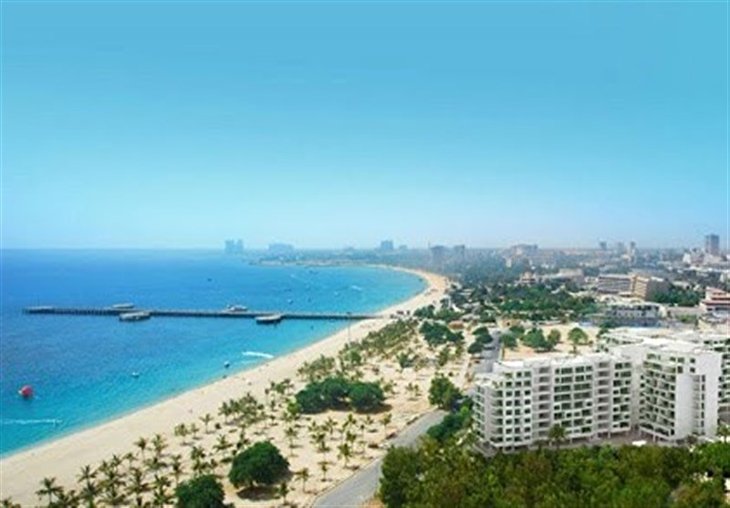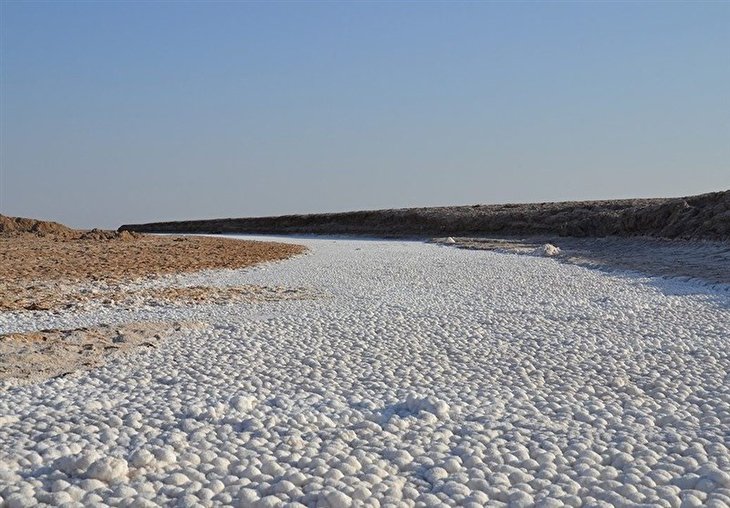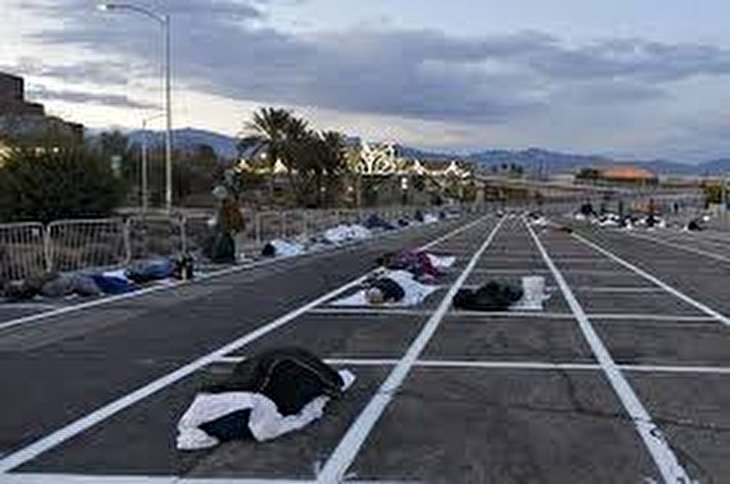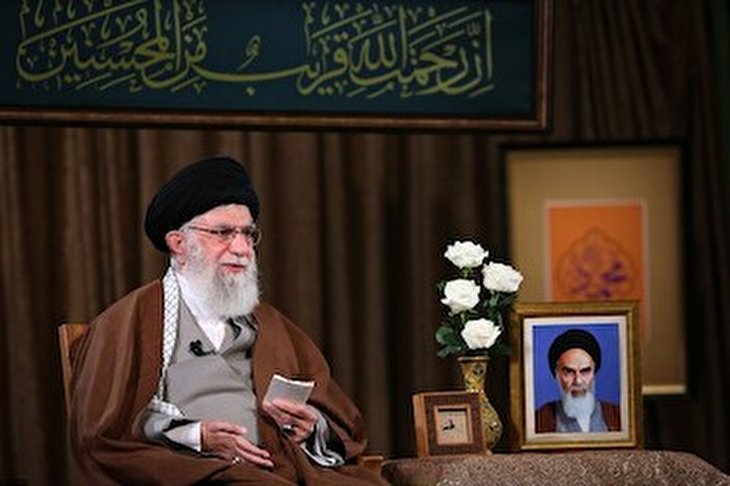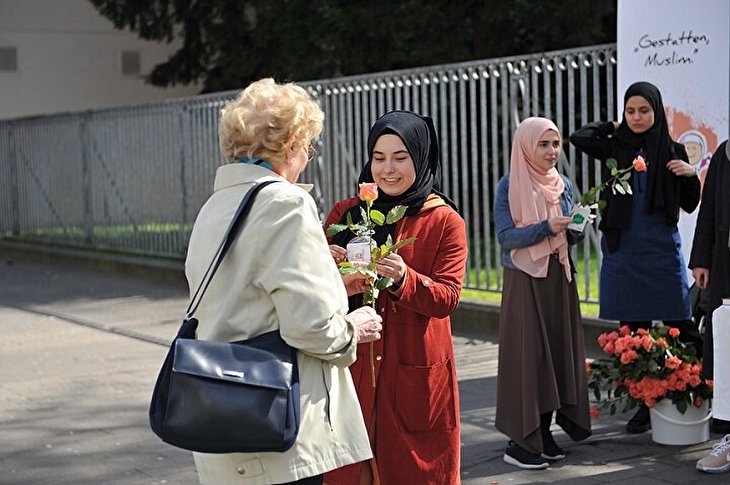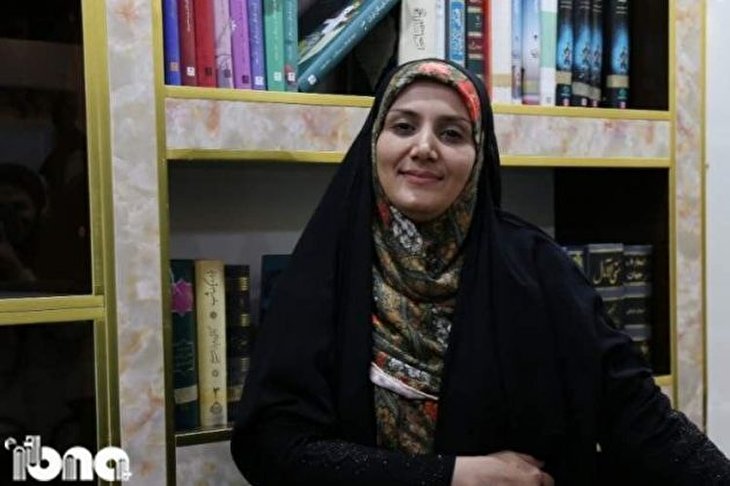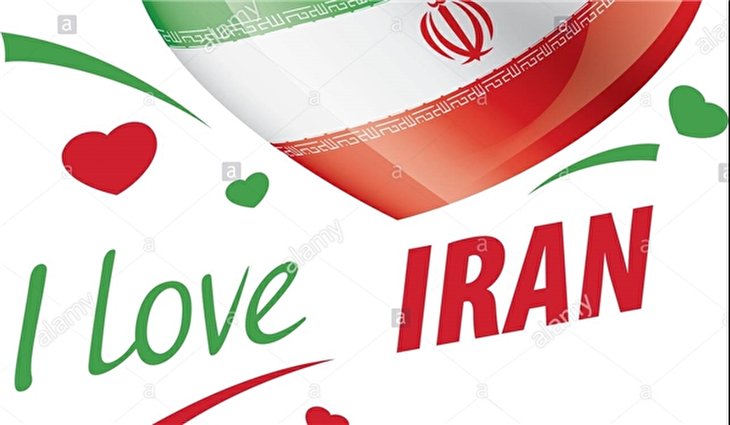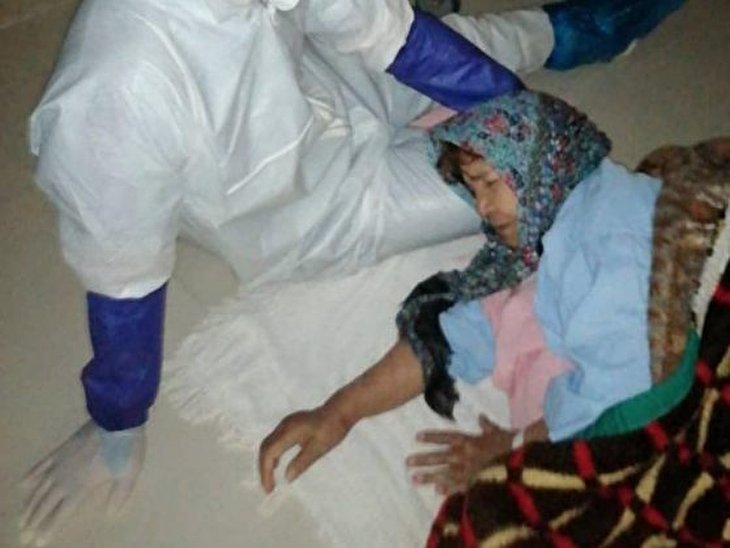Untold facts on Israel-Hezbollah war in an interview with Major General Qassem Soleimani
Tehran (Basirat): After 20 years, for the first time since being appointed as the Chief Commander of Quds brigade, General Soleimani was interviewed by Khamenei.ir. The following is the first part of the interview:In the Name of God, the Most Beneficent, the Most Merciful.

The interviewer: In the Name of Allah, the Most Beneficent, the Most Merciful; and we ask His assistance.
Greetings and condolences on the days of Muharram. We are grateful for the time you are devoting to us. We would like to open the discussion with you, and it might be a good idea at first to ask you about the situation in the region before the war. As the U.S. entered the region in 2001, after the 9/11 event, and staged two wars, which were followed by the 33-day war, our first question for you is: which were the factors that led to the 33-day war[2006 Israel–Hezbollah War]?
Major-General Soleimani: In the Name of Allah, the Beneficent, the Merciful. All praise is due to Allah, the Lord of the Worlds; and peace and greetings be upon God’s messenger, and upon his immaculate household. All praise is due to Allah who guided us…
Peace be upon you, O Aba-Abdullah! and upon the souls that gathered in your courtyard. Peace of Allah be upon you from me forever, as long as I am existent and as long as there are days and nights.
I also express my condolences on the days of mourning over the martyrdom of the master of all martyrs, Hussain Ibn Ali (a.s.).
To answer your question, I should say that the 33-day war had some hidden causes which were the principle factors leading to the war. The war had some apparent and some hidden causes, the pretext of which were the hidden goals that the [Zionist] regime sought for a period of time. When I say there were hidden causes, we had some information about the preparations of the Zionist regime, but we had no information on the fact that the enemy wanted to launch an attack in ambush. Later, based on two circumstances, we concluded that prior to this war, a swift ambush was supposed to be conducted to overturn Hezbollah. Well, this war happened when two important events, one concerning the entire region and another exclusively concerning the Zionist regime were taking place.
In the event concerning the region, following the 9/11 incidents, the U.S. had extensively developed the presence of its armed forces in our region, as much as was the case during the World War II, albeit only in terms of quantity; for its quality was still far more than that of the World War II. In 1991, when the first U.S. attack happened following Saddam’s military action against Kuwait, the U.S.’s invasion and Saddam’s defeat left military remainders in our region, leading to the settlement of a U.S. military base.
But after the 9/11, due to the two heavy military actions the U.S. exercised, about forty percent of the armed forces in the disposition of the U.S. entered our region; and later gradually as a result of the changes and exchanges done, even reserve and standby forces as well as the national guard got involved. That is to say, approximately over sixty percent of the U.S. Army, including internal and extraterritorial forces were deployed to our region. Therefore, there was a dense presence in a limited area: in Iraq alone, there were more than 150,000 troops, and over 30,000 U.S. militaries were present in Afghanistan.
Yet, this excluded the coalition forces which were about 15,000 in Afghanistan. Thus, a 200,000-member, specialized and trained force was present in our region, next to Palestine. This presence naturally provided opportunities for the Zionist Regime. That is, the presence of the U.S. in Iraq was an obstacle to the dynamism of the Syrians in Syria, as well as a threat to the Syrian government, and a threat to Iran. So if you look at the geopolitical position of Iraq, you will see that during the war in 2006, the 33-day war, the U.S. placed an obstacle in the country that linked the principle country of Resistance; an obstacle made up of an armed force of 200,000 troops, hundreds of planes and helicopters, as well as thousands of armoured vehicles.
This naturally provided the opportunity for the Zionist regime to take advantage of this situation and take a measure. The grandeur [of their facilities] supposedly frightened Iran, frightened and halted Syria, so these two governments wouldn’t take actions. Based on this assumption, the Zionist Regime found the situation suitable for taking such a measure, especially due to the approach of the Bush administration—a harsh and fast-deciding administration—with the leading team in the White House supporting the Zionist Regime. Thus they found the situation apt for taking such a measure.
The principle root therefore lied in the Zionist Regime’s seeking advantage from the military presence of the U.S. in the region; from Saddam’s fall; from the initial victory of the U.S. in Afghanistan; and the fear that the U.S. had created in the region, by considering a huge range of political groups of the region and of the world, as terrorist groups if they were deemed as opposing the U.S. policies.
The Zionist Regime wanted to take advantage of this, thinking it was the best opportunity for a war; because the Israeli regime had suffered a defeat in the year 2000, and had retreated—or actually escaped—from Lebanon. Hezbollah had defeated it. So, it wanted to go back, not to occupy, rather to demolish and alter the demography in southern Lebanon. This was revealed during the war—or almost with the commencement of the war.
The main goal was to completely change the demography so that the people living in southern Lebanon—who had some religious connections with Hezbollah—would be moved out of Lebanon. The Israeli regime sought to implement the same plan as what happened after 1967 to the Palestinians in southern Lebanon to force people to evacuate and settle in various refugee camps in Lebanon, Syria, and other Arab countries. The same plan that was previously implemented for the Palestinians, was now outlined for the Shias in southern Lebanon.
They made the Palestinians to leave southern Lebanon, and to be dispersed in different camps in Lebanon, Syria and other areas of the Arab world. Even Arafat was obliged to relocate his major place of activity from Lebanon to Tunisia, in Maghreb, actually creating a displaced organization. The same assumption existed about the Shia community of Lebanon. So now I will move from the background, prior to the war, to the period during the war, to complete the discussion.
On this matter, the U.S. and the Israeli officials have two important statements. On the early days of the war, Bush used inappropriate words—his microphone was turned on—but the words he used are at his own level, I won’t repeat them. He said this in support the aftermath of the war, not the war itself. In affirming the outcome of the war and the matter, Rice used more polite and diplomatic words.
She said it when the massacre and howls culminated in the south of Lebanon. The bombings showed utmost intoxication by technology; by precision of technology, they bombarded and obliterated any area they wished to. Murders were committed that actually swallowed and obliterated Qana. She used the words; she used an analogy, describing the howls—with blatant words—as the pain of delivery for giving birth to a new Middle East. She drew an analogy between the cries of the children, women and innocent people from under the rubbles and the labor pain of delivering a major event.
Therefore, these remarks indicated that a big project was underway. But as for the Zionist regime, the regime had prepared a big camp and a number of ships. The camp was provided to initially transfer the people they captured—as many as they could—to a camp inside Palestine, which was estimated to house up to 30,000 people. Then, they planned to send those who were ordinary civilians to other places, and abduct those who were considered convicts—in their view— or had some organizational affiliations with Hezbollah. They had prepared ships for the migration of the people.
Therefore, unlike other wars that affect all similarly, this war at this stage was done precisely, using technology--That is, the war targeted one single community. At first, they tried to limit it to a party, namely Hezbollah. Later, it was expanded to include all the Shia community in southern Lebanon, to completely change the demography of the south.
Hence, the initial hidden intention—as they also confessed later, when Ehud Olmert and later the Minister of Defense and the head of the Army said that they intended to conduct a raid— was to launch an ambush. If the ambush had happened, the major part of Hezbollah’s cadre would have been destroyed by a massive airstrike.
In the first stage, Hezbollah would have suffered severe damage to at least 30 percentage of its main organization. Then in the next stages, they would have inflicted absolute destruction. But the basic factor was taking advantage from the powerful presence of the U.S. in Iraq, in Afghanistan and in the region; as well as other Arab countries’ willingness to support Israel in such a war to uproot Hezbollah or the Shia community of southern Lebanon. This was mentioned by Ehud Olmert.
He said that for the first time all the Arab countries [had reached a consensus]. By all Arab states, he meant the majority of the Arab countries; namely, the Cooperation Council for the Arab States of the Persian Gulf was, in particular, considered. Egypt was also included, and other countries were generally not exceptions. Yet, we could find a few exceptions at that time. You know, Iraq had no governing body at that time; the ruler of Iraq at the time was Paul Bremer—the U.S. military ruler—so Iraq was ruled by the U.S.
The Syrian government was a young government, due to the passing away of Hafez Assad, and had just started working. So when he said all the countries, he meant that majority. So he made this remark that for the first time, all the Arab countries supported Israel in the war against an Arab organization.
The remarks he made reveal a fact, an important serious reality. Therefore, we should consider three hidden factors with respect to the war. First, the opportunity provided by the presence and reigning of the U.S. in Iraq, and the fear the extensive presence of the U.S. had caused in the region.
Second, the willingness of Arab countries and their discreet announcement of cooperation with the Zionist Regime for obliterating Hezbollah and changing the demography in southern Lebanon. Third, the goals the Zionist regime pursued by taking advantage of this opportunity in order to get rid of Hezbollah forever. These three factors represented the main hidden goals or intentions that played a crucial role in the roots of this war.
The interviewer: Could you please also elaborate on the apparent reasons that you categorized? Upon which pretexts was the war was staged?
Major-General Soleimani: The main reason was Hezbollah’s commitment to the Lebanese people. There was no other power, apart from Hezbollah, who could make the commitment to free the young Lebanese imprisoned and captured by the Zionist Regime. Sayyid [Hassan Nasrallah] promised this in one of his speeches, saying they [Hezbollah] will surely free the Lebanese prisoners from the Zionist prisons, as they had done so previously too.
The Lebanese people, including the Druze, Muslim and Christian prisoners, had no hope or haven apart from Hezbollah; so do they today. In any event, the main refuge of the Lebanese people in defence against the violent regime has been Hezbollah. So, Sayyid made these remarks. In the previous swaps, Israel refused to deliver the main prisoners, some of whom were teenagers; and these teenagers spent their life in prison and had grown into young and middle-aged adults.
Hezbollah promised to liberate them; but it was not realized at the first swap [of prisoners], as Israel refused to free them. Therefore, in order to realize the promise, Hezbollah engaged in an operation to achieve the desired swap—which was later on actually successful.
So a special operation was performed, and it was commanded by someone named martyr Imad Mughniyeh. I don’t know what title can describe him, I wonder if I can use the title General, which has become popular today. Now the titles ‘general’ and ‘brigadier general’ are often used in our country. But, he was beyond those titles; he was a general, in the true sense of the word. He was a general with the most similar features to Malik Ashtar on the battlefield.
On his martyrdom, I felt the same feeling that Imam Ali (a.s.) experienced on the martyrdom of Malik, was now felt by the Resistance. By martyrdom of Malik, Imam Ali was grieved and sorrowed; and he cried while giving a speech on the pulpit—as some ahadith narrate, where he said: ‘how [extraordinary] was Malik! If he was a mountain, he was a huge and strong mountain. If he was a stone, he was a hard stone. Be aware that the death of Malik made a world sad, and a world happy.’ The passing of a man like Malik should be mourned and wept by men. Is there a companion like Malik? Will women deliver children who will ever again grow into someone like Malik? This saying by Imam Ali (a.s.) was very important; he said, ‘Malik for me was like I was for the Messenger of Allah (p.b.u.h)’.
So, the same was true in the case of Imad. That is, Imad could be described in the same manner for the Resistance, as I mentioned. If I want to surpass our conventional ways of describing, I’d use the same sentence Imam Ali (a.s.) used for Malik. He said, ‘women should give birth, so a person like Malik would be born again.’
Imad had such a personality. As he had managed many difficult battles, he managed this operation, supervising and leading closely. His operation was successful. He managed to attack a vehicle of the Zionist regime, inside the occupied lands and captured two wounded persons from inside the vehicle as hostages. I don’t care about the previous operations at this point; this operation was not a one-day operation; rather it was a few-month operation wherein the Israeli regime was monitored. Based on a plan worked out by Sayyid Hassan Nasrallah as the Commander-in-Chief of the Resistance in Lebanon, and with Imad Mughniyeh as the head of Hezbollah’s jihad, measures had been taken before this operation for it was very important—and as it is not the topic of our discussion, there is no need to address it. The operation represented a number of operations, not a single one; there were four separate special operations were included. First, it was about planning the operation. Second, it was the time and situation of the attack. The third step was to surpass the vast, dense and tall barbed wires of the Zionist regime, and to reach there; because the operation didn’t only consist of striking a point. They had to surpass the border, reach the prison and take the prisoners. So every operation had to be done so carefully that the people inside the tanks wouldn't get killed. The fourth point was that the operation had to be conducted very swiftly: not within 15 or 30 minutes, but in a few minutes or seconds. They had to very speedily move the now liberated captives to a safe place before the enemy could get to them. Usually, the enemy is within a distance of a few minutes away from the operation place—for the ground force; since for the air force it could take much shorter, of course, and the enemy would reach very rapidly. So it had to be planned very precisely. One of Imad Mughniyeh’s features was his meticulousness and his attention for details. Hence, since he usually devised the operations himself closely, the outlining of the plan was by him, so was the implementation of it. And Imad came out victorious.
The second part of the interview will be published soon...
Source: Khamenei.ir


